
Department of Defense continues to downplay Taliban and Al Qaeda threat in Afghanistan
The U.S. military continues to recycle stale estimates of Al Qaeda’s strength in Afghanistan, and elevate the Islamic State as a greater threat.

The U.S. military continues to recycle stale estimates of Al Qaeda’s strength in Afghanistan, and elevate the Islamic State as a greater threat.
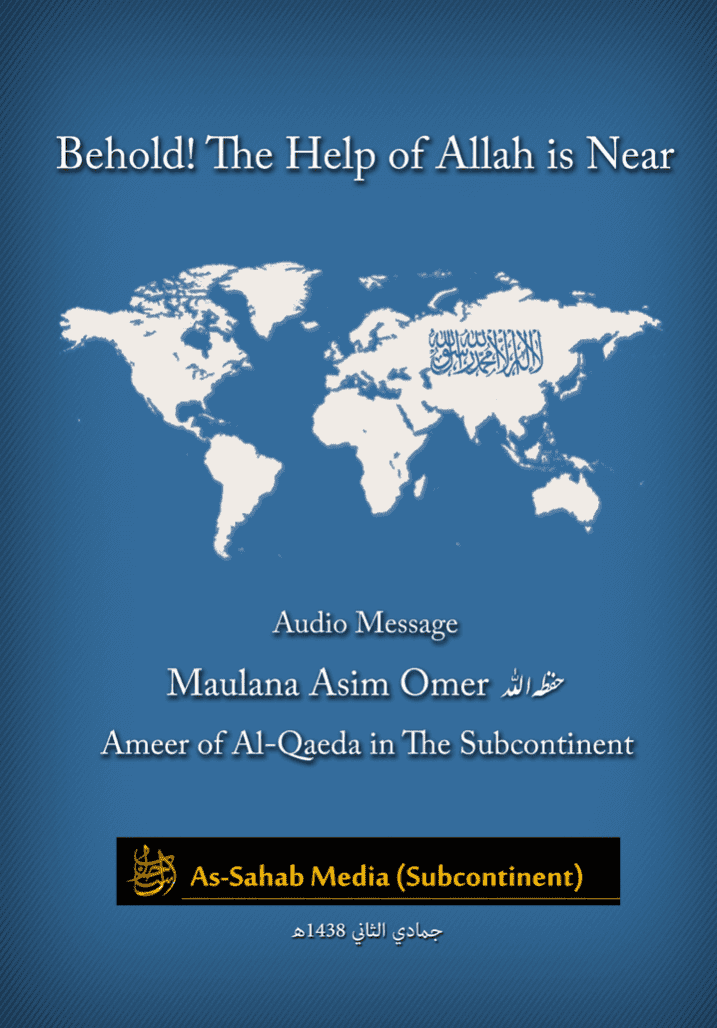
The Afghan military targeted Al Qaeda’s network in four different districts in Helmand province over the past month. Al Qaeda was operating a “training center” and fighting alongside the Taliban.

The U.S. government, military, and intelligence services have provided inaccurate assessments of Al Qaeda’s strength in Afghanistan for more than a decade. U.S. Secretary of State Mike Pompeo continued that tradition by recent regurgitating that Al Qaeda has fewer than 200 fighters in the country. This estimate, like previous ones, should not be trusted.
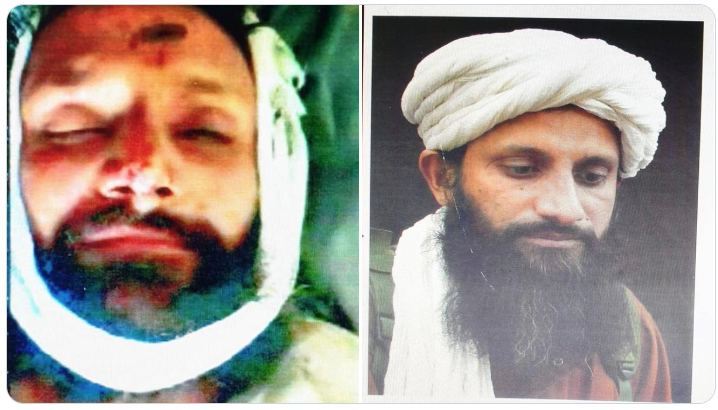
The Taliban’s demand of the release of the wife of slain Al Qaeda in the Indian Subcontinent leader Asim Umar is curious, as the group maintains that Al Qaeda does not have a presence in Afghanistan.
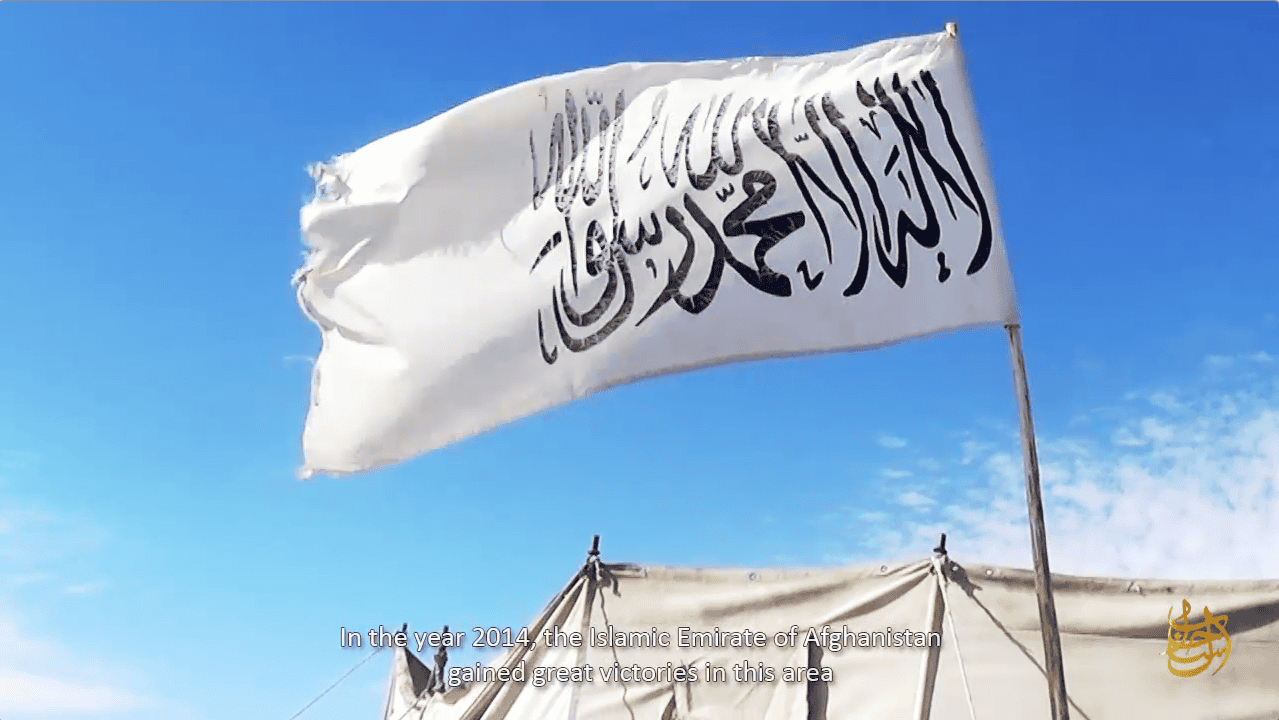
According to a newly released UN monitoring team report, al-Qaeda’s relations with the Taliban “continue to be close and mutually beneficial.” The relationship has continued despite al-Qaeda’s reported concerns over the Taliban’s talks with the U.S.

The U.S. military has suppressed a press release announcing the death of Al Qaeda In the Indian Subcontinient’s emir for three months as his presence with the difficult. Asim Umar, his courrier to Ayman al Zawahiri, his staff, and even his wife were embedded with the Taliban in Helmand province when he was killed.
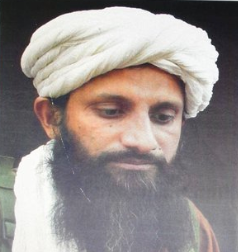
Afghanistan’s National Directorate of Security claims it has confirmed that Asim Umar, the emir of Al Qaeda in the Indian Subcontinent, was killed during a Sept. 23 raid in Helmand province. Other key AQIS leaders were also killed in the fighting.
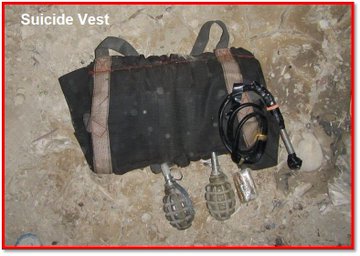
Afghan officials have identified several AQIS members who were killed during a controversial raid in Musa Qala, Helmand earlier this week. They have also posted images purportedly documenting the weaponry, explosives and cash seized at the jihadists’ compound.
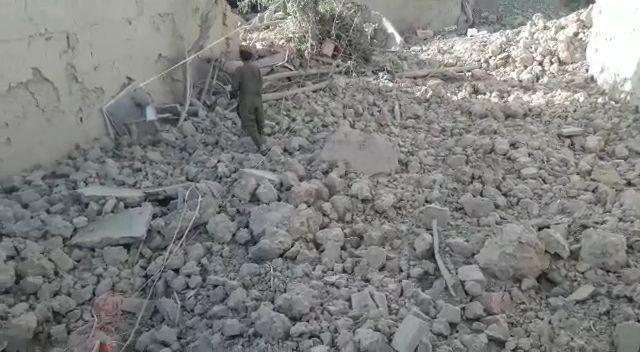
U.S. and Afghan officials say they targeted al Qaeda members in Musa Qala, a Taliban-controlled district in the southern Helmand province. Reports indicate that dozens of civilians perished during the clash that ensued.

A raid against a Taliban explosives warehouse in Ghazni highlights the enduring relationship between the Taliban and al Qaeda.
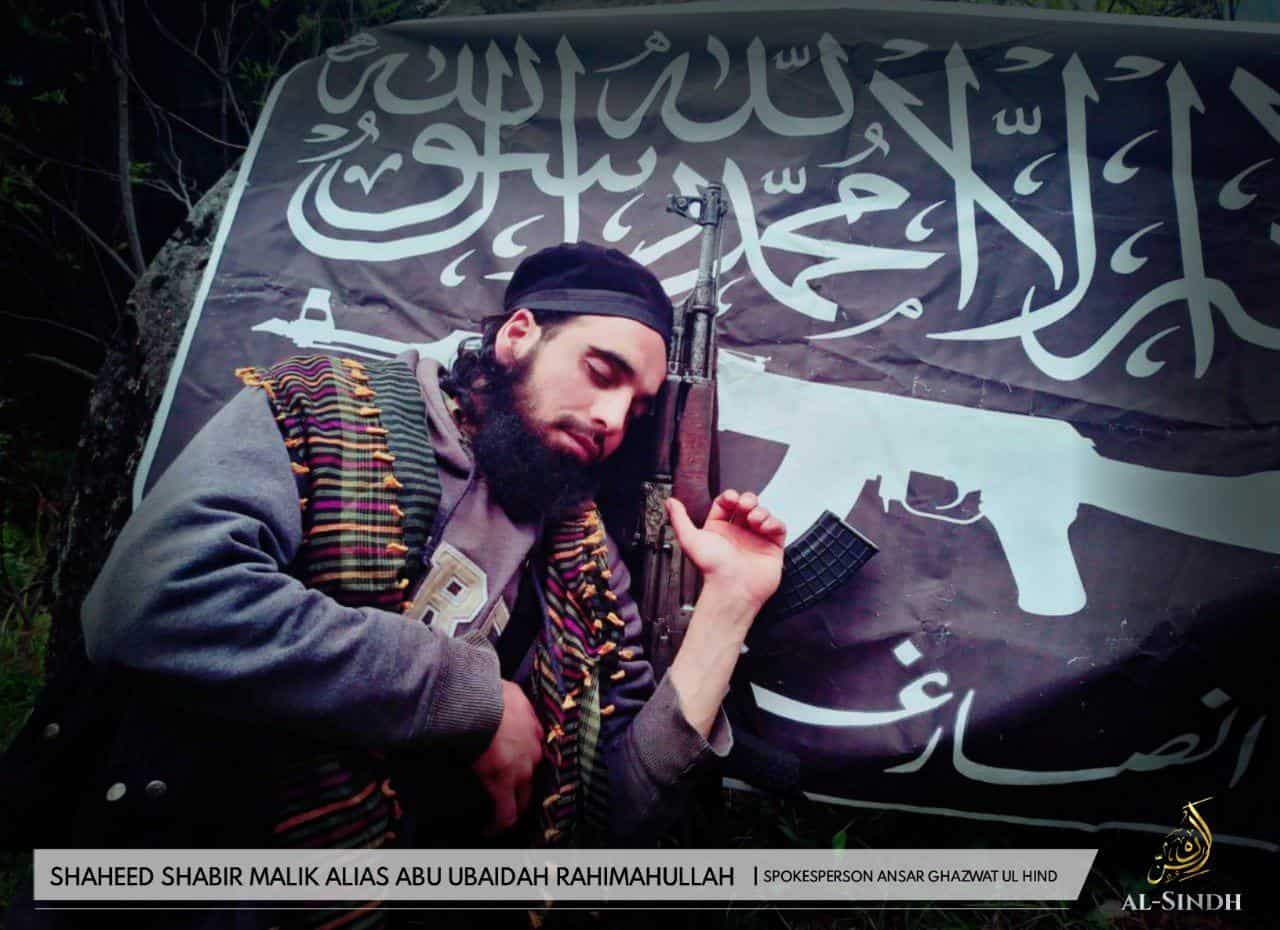
Shabir Ahmad Malik (also known as Abu Ubaidah) was killed on June 26 in Kashmir. He was the spokesman for Ansar Ghazwat-ul-Hind, an al Qaeda group. Prior to joining AGH, Abu Ubaidah was a member of Lashkar-e-Tayyiba.

An AQIS Member known as Abdul Haseeb al-Kashmiri was recently killed in Ghazni, according to jihadists online. His death was reported on a Telegram channel that supports Ansar Ghazwat-ul-Hind, an al Qaeda-linked group in Kashmir.

Asim Umar, a senior al Qaeda official, has released a statement praising the Taliban’s “victory” in Afghanistan over the US. He also criticizes ISIS for dividing the jihadists’ ranks, praying that Allah ends the “fitnah.”
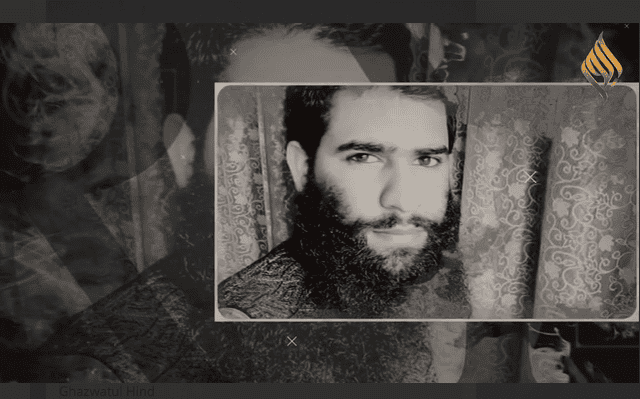
Al Qaeda in the Indian Subcontinent’s spokesman has released a glowing eulogy for Zakir Musa, who led Ansar Ghazwat-ul-Hind (AGH) until his death in May. AQIS has also released a video calling on jihadis to join its cause in Kashmir. And AGH has named Musa’s successor.
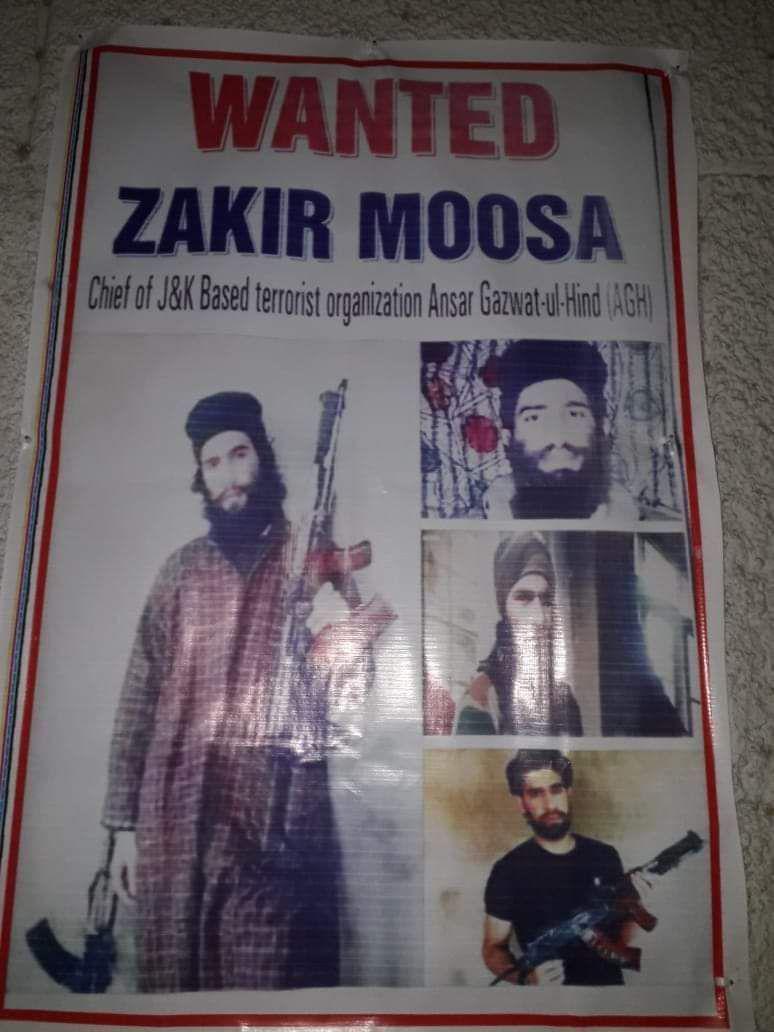
Indian forces have killed Zakir Musa, who led the al Qaeda-linked Ansar Ghazwat-ul-Hind (AGH). Musa and his men have attempted to poach from Pakistani-backed jihadist groups, while also competing with an upstart Islamic State presence. Musa’s motto was “Sharia or Martyrdom.”
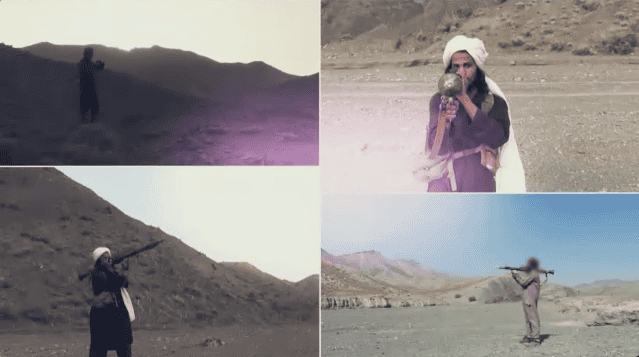
Al Qaeda has released a new video emphasizing its unity with the Taliban’s Islamic Emirate of Afghanistan. The video features a joint Taliban-al Qaeda ambush on an Afghan army convoy in Paktika province.

Despite repeated claims to the contrary, al Qaeda has not been defeated in Afghanistan, and it still continues to operate alongside its ally, the Taliban.
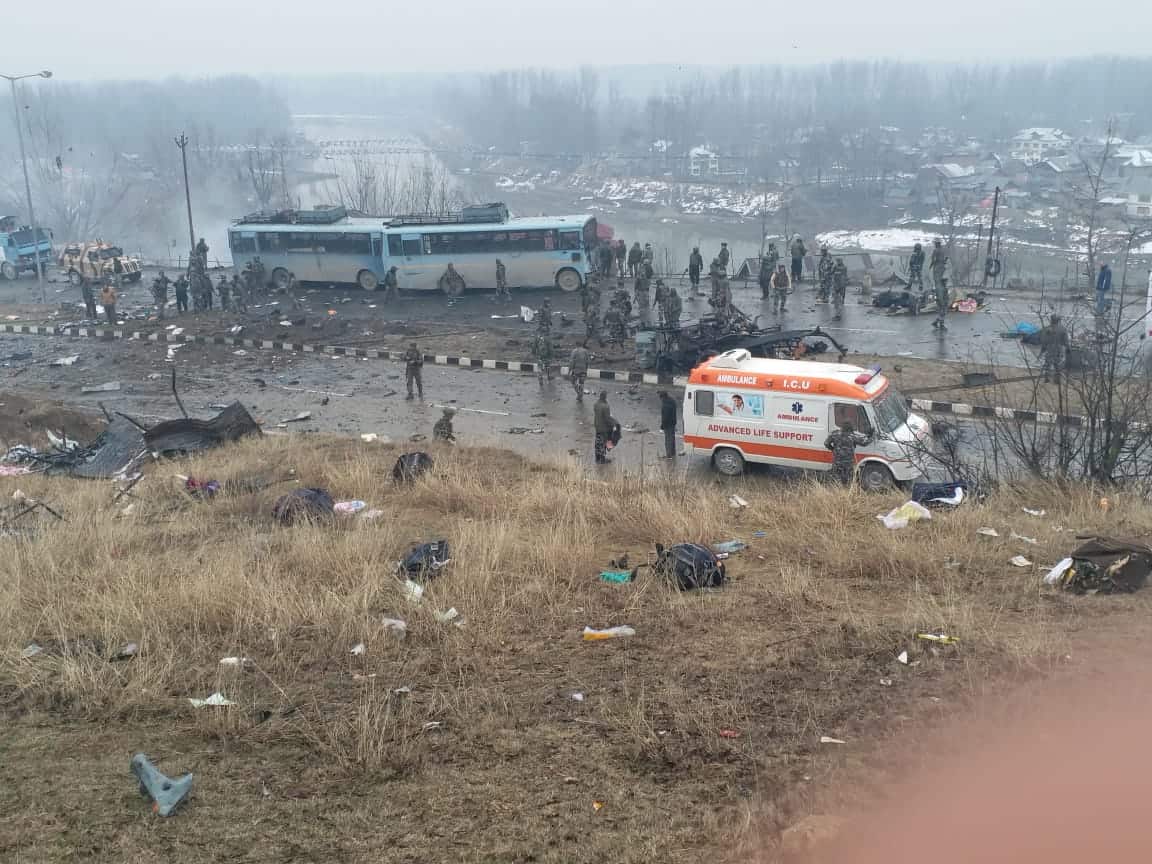
The attack is the deadliest in decades for a region fraught with constant, often violent, struggles. Jaish-e-Mohammad is part of a syndicate of terror groups allied with al Qaeda and supported by the Pakistani state.
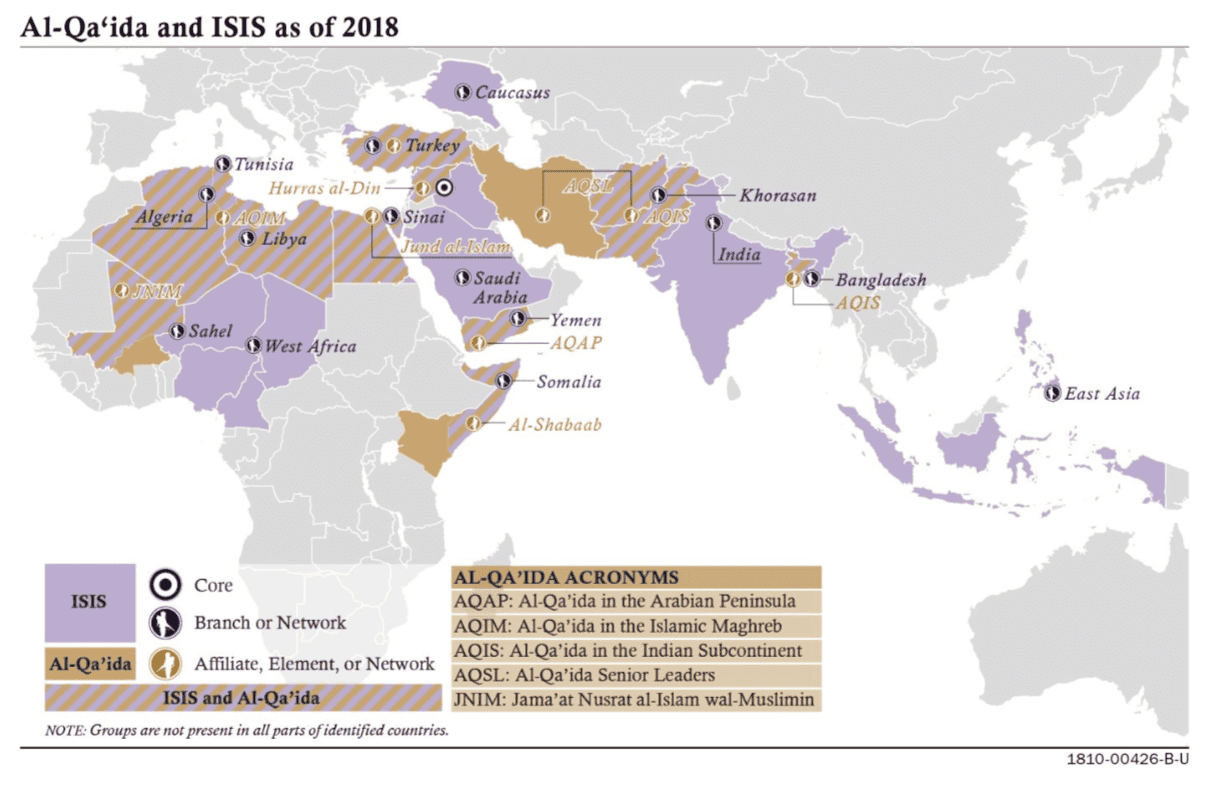
According to the Office of the Director of National Intelligence (ODNI), al Qaeda’s senior leaders are strengthening the al Qaeda “network’s global command structure.” Meanwhile, the Islamic State “still commands thousands of fighters in Iraq and Syria.” Both groups maintain worldwide networks or affiliates, branches, and supporters.
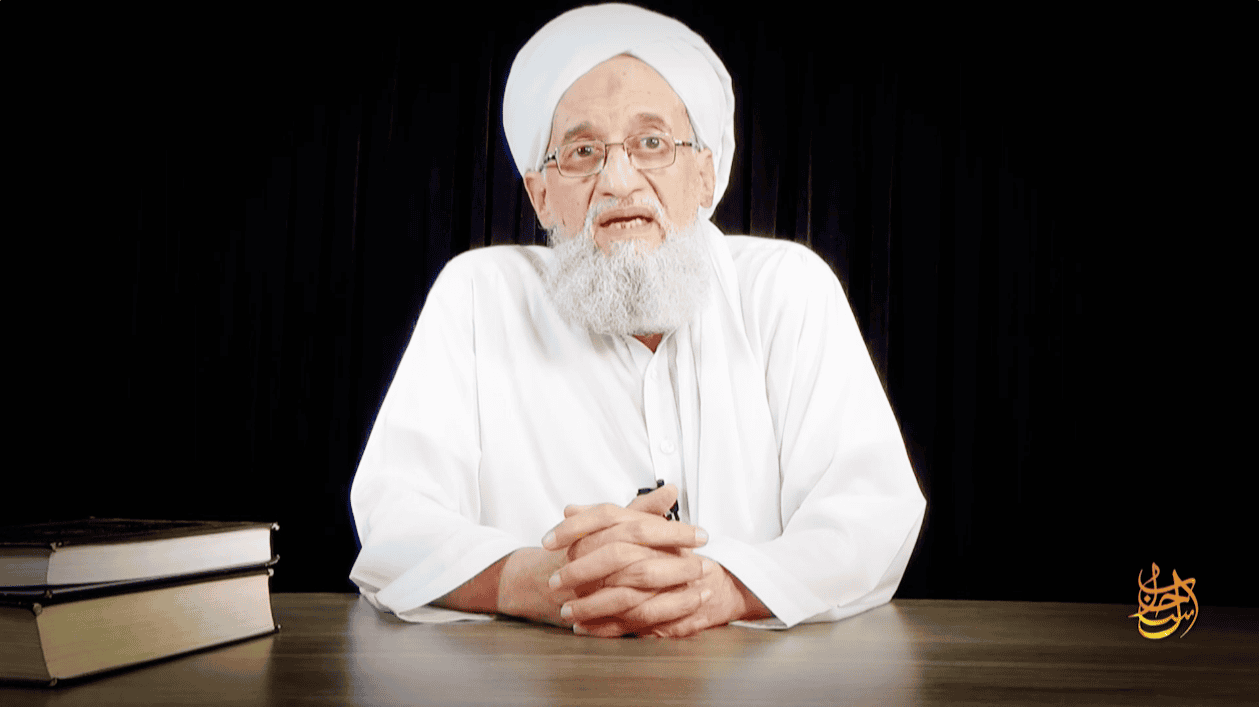
AL Qaeda’s operatives are fighting in more countries around the world today than was the case on 9/11. And its leaders still want to target the United States and its interest and allies. The war they started is far from over.

According to a new report published by the United Nations, al Qaeda’s “alliance with the Taliban and other terrorist groups in Afghanistan remains firm,” as al Qaeda and the Taliban are “closely allied.” Some of the UN’s Member States consider al Qaeda’s global network to be a bigger long-term threat than the Islamic State.

Al Qaeda has long operated in Ghazni province, the site of a large-scale Taliban offensive in recent days. In 2010, Osama bin Laden ordered his men to relocate from northern Pakistan into Ghazni and other Afghan provinces. Bin Laden’s lieutenant also wrote in mid-2010 that al Qaeda had “very strong military activity” in at least eight Afghan provinces, including Ghazni. More recently, American and Afghan forces have targeted al Qaeda operatives in the province.

Hazrat Abbas served as a leader for both al Qaeda in the Indian Subcontinent and the Movement of the Taliban in Pakistan. AQIS was formed to unite disparate jihadist factions to fight under the banner of the Afghan Taliban.

US and Afghan forces have targeted al Qaeda operatives in at least three Afghan provinces in recent weeks. One of the jihadists killed has been identified as Omar Khetab, the deputy leader of Al Qaeda in the Indian Subcontinent (AQIS). Khetab and other AQIS operatives have been supporting the Taliban’s insurgency.

On Aug. 31, Ansar Ghazwat-ul-Hind’s leader, Zakir Musa, released an audio message in which he criticized the Pakistani government for supposedly betraying the jihad in Kashmir. Musa’s critique is consistent with al Qaeda in the Indian Subcontinent’s “code of conduct.”

Al Qaeda in the Indian Subcontinent (AQIS) has released a 20-page code of conduct outlining its approach to waging jihad throughout the region. The group says its men are currently fighting “shoulder-to-shoulder” with the Taliban and calls on Muslims in the surrounding countries to pledge allegiance to the Islamic Emirate of Afghanistan (another name for the Taliban).
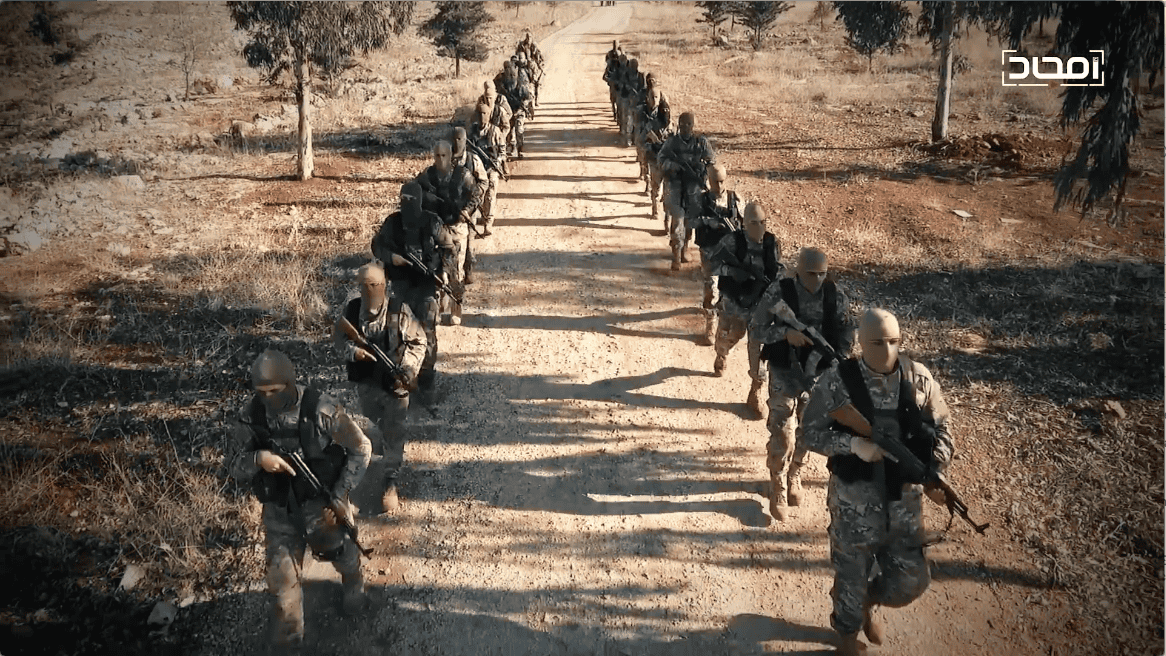
The Office of the Director of National Intelligence (ODNI) presented its written “Worldwide Threat Assessment” to the Senate last week. The analysis confirms that the Islamic State is capable of sustaining insurgencies in both Iraq and Syria, Afghan security continues to “deteriorate,” and al Qaeda remains a threat in several parts of the globe.

Usama Ibrahim was a member of al Qaeda in the Indian Subcontinent’s top leadership body and the chief of Al Sahab Media, al Qaeda’s official media production arm. Tariq Bhai was AQIS’ “head of Bangladeshi Affairs.”

The US has killed or captured approximately 250 al Qaeda and al Qaeda in the Indian Subcontinent leaders and members in Afghanistan in 2016. US officials have downplayed the extent of al Qaeda’s presence in the country for years. After the raids this year, US intelligence should prepare a fresh assessment.
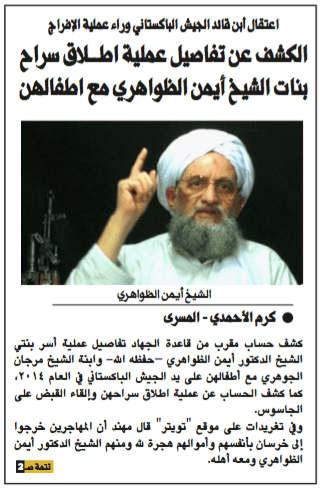
Al Qaeda claims that two of Ayman al Zawahiri’s daughters and a third woman were exchanged for the son of Ashfaq Pervez Kayani in either late July or early August. The Long War Journal cannot independently verify the claim, but it is known that al Qaeda had been trying to exchange at least one kidnapped son of Pakistan’s elite for the women. Al Qaeda announced that the women and their children were released in early August.